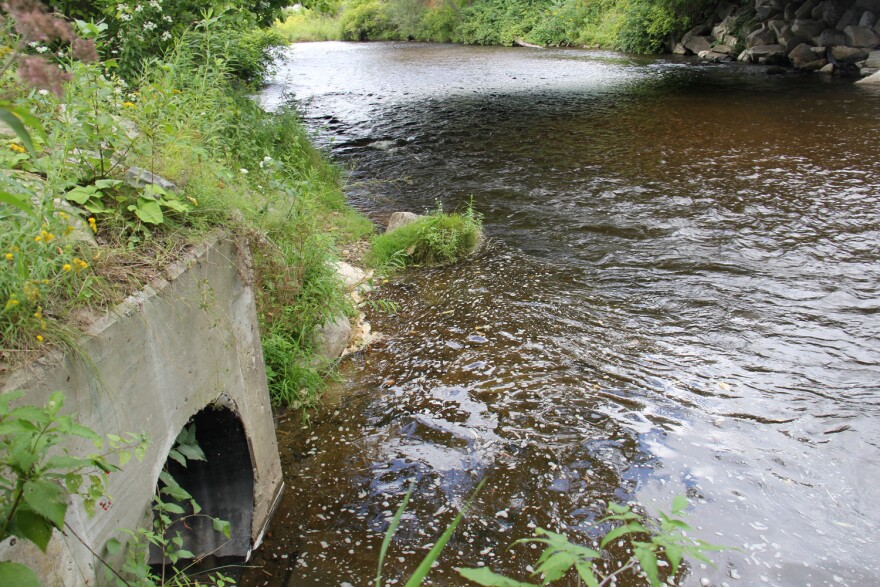Since the beginning of August, hundreds of thousands of gallons of untreated sewage and stormwater have flowed into Lake Champlain and creeks that flow into it, according to public reports.
On Tuesday, Aug. 22, the combined stormwater and sewer system in Rutland released 263,700 gallons of untreated sewage and storm runoff into nearby creeks.
The overflows happen when the combination of sewage and stormwater entering the city’s treatment system are coming in faster than the system can treat the water. When this happens, specially designed “combined sewer overflow” systems send the excess untreated water directly into nearby waterways.
Rutland, which has more frequent reported overflows than other cities in Vermont, has installed monitoring equipment that allows precise measurements of the amount of untreated water leaving the system. Other cities, like Burlington, don’t have those measures in place. As a result, Rutland’s reports of overflows are much more precise. Vergennes, another municipality with more reported overflows than average, also has monitoring equipment and provides precise reports.
Burlington officials reported a sewage overflow on Tuesday, Aug. 22 as well. The city reported to state environmental officials that between 10,000 and 100,000 gallons of untreated sewage and stormwater flowed into Lake Champlain.
Earlier in the month, on Aug. 12, it was reported that 111,700 gallons of untreated sewage and runoff overflowed from the Vergennes system into Otter Creek.
The state has added new reporting requirements for sewage overflows in recent years, but officials say the funds required to prevent overflows entirely make that option prohibitively expensive. In Rutland, Public Works Commissioner Jeff Wennberg has said continued investments in sewage systems over the long term will eventually bring a meaningful reduction in overflows.




